Designing workbench for tech support
Case study on designing a workbench for Networking Device support engineers.
Introduction #
When working in juniper networks, I worked on redesigning the workbench used by the TAC team. At that time, the support vertical contributed more than 60% of its revenue, and the business decided to introduce automation to increase efficiency further. On average, it took more than 3 hours for an engineer to resolve a case.
Our primary focus was to study the case life cycle, understand the challenges, and build a much more efficient, automated, and minimal system, which reduces the case turnaround time significantly.
Discovery #
Before I approach the engineers, I did a background study on them to know about them better. Here are some of the documents I have read to understand my user better.
- Wikis and Support documents
- Hiring Document by HR
- Websites and Forums for networking engineers etc
Followed by, I met some of the support engineers at their workplace. Since most of the engineers are from India, I got the opportunity to meet more people and discuss their work. Followed by, Our researcher created a research plan and interviewed them remotely. Being an observer, I would take notes and highlight their key pain points. After the interview, I had gone through the recordings several times and understand their details better.
Based on our research, I have created the following visual to present the lifecycle of a case.
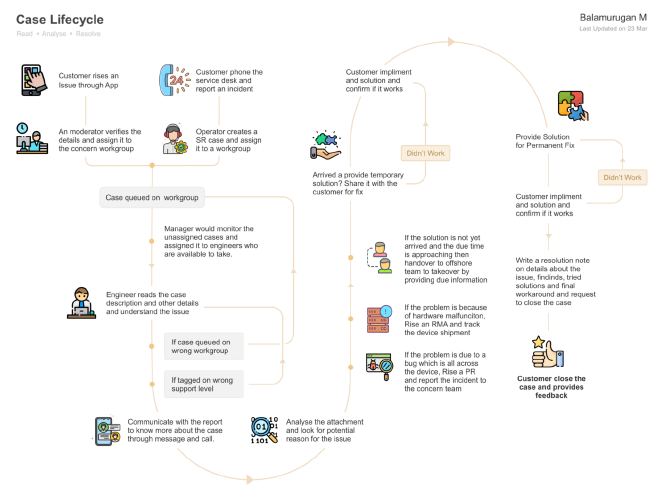
To set the expectation correctly, we listed all the business goals vs. user goals and referred them often whenever the team gets lost.
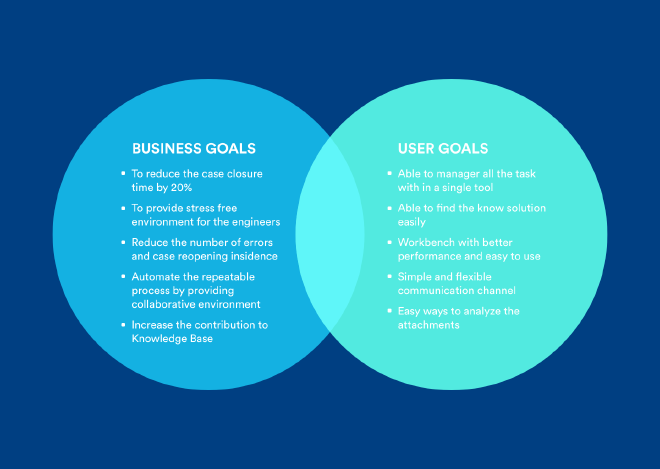
We also identified the primary CSF (Critical Success Goal), which would help us measure our success against our goal.
- Increase in User Satisfaction score
- Reduction in Communication errors
- Reduction Overall Case turn around time
- Increase in User Accessibility
We planed to use analytics to track these metrics and measure our success.
User Persona #
During the process, we saw the team get a lot of opinions based on their own experience and assumption, so we had quickly created a fictional persona Amit Saxena to ground everyone on user shoes, make discussion, and what matters for them.
It helps us to make informed design decisions as we had the end-user point of view always in our minds.
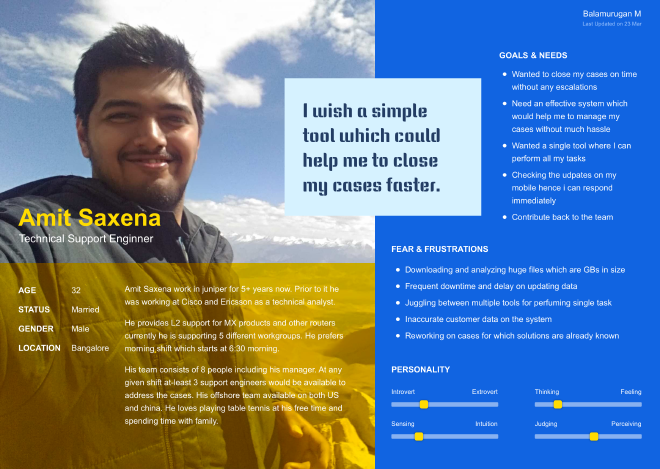
MVP Design #
We planned a Minimal Viable Product with the following intent.
- Helps the engineers to manage their priorities
- Simplify the communication channel
- A unified tool to perform all their task
- Advanced search and search
- Make a mobile app to know the critical information
- Automating the case analysis and suggest a known solution
I have created the following storyboard to visualize the solution in real-life benefit.

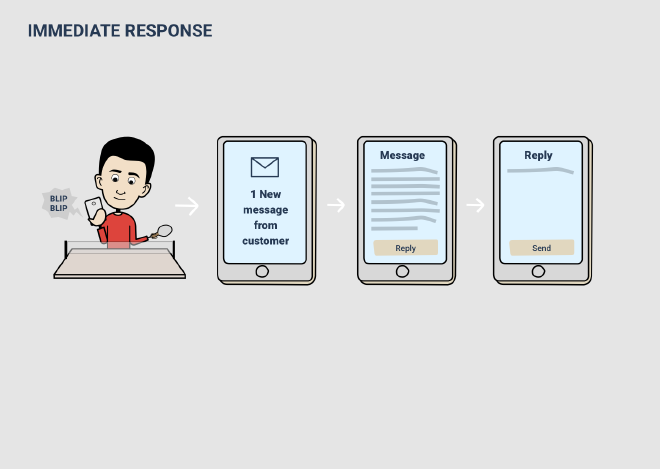

Information Architecture #
I have done an Information Activity to understand the UI navigation, and we decided to go with the structure, which has got the most number of score. It was done internally with the team member.
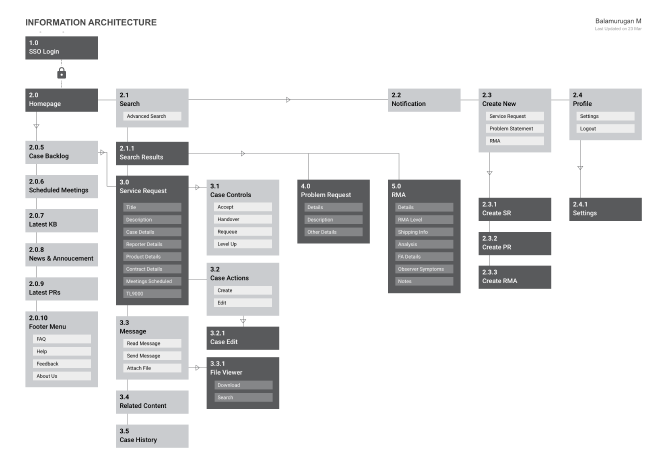
Design #
Have created low-fidelity Wireframes to map the complete user flow and to performing user testing.
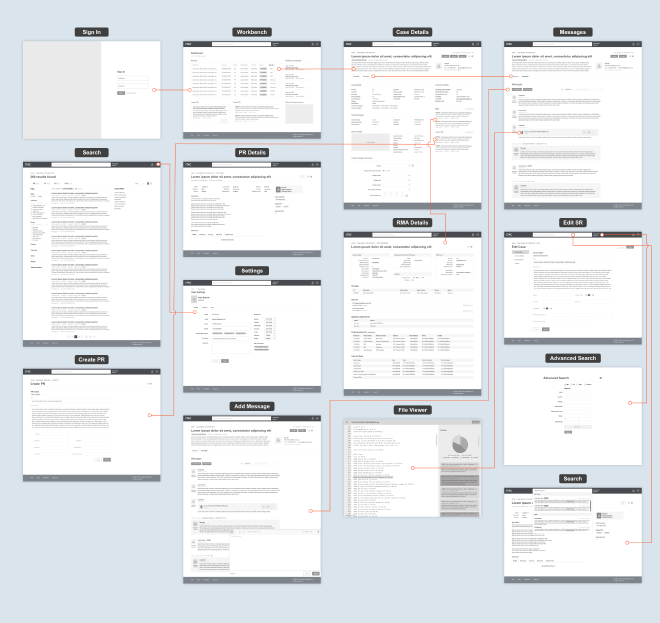
High Fidelity Mockup #
Here are the mockups created for some of the necessary screens.
Dashboard: Organised user-centric dashboard, which helps the engineers to manage their ongoing tasks better.
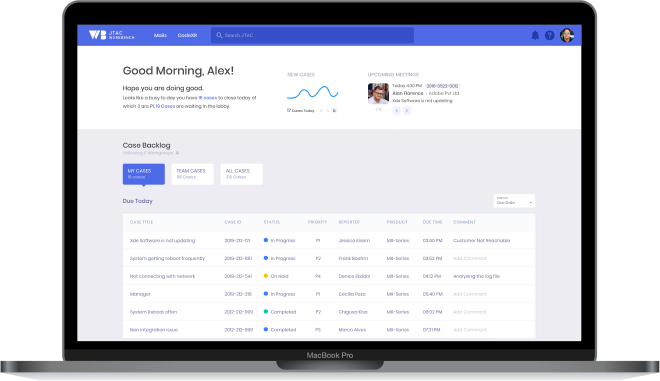
Organized Case Details: Content on case details are re-organized based on the user’s mental model. We have done IA to identify the reasonable group and labeled them based on user language.
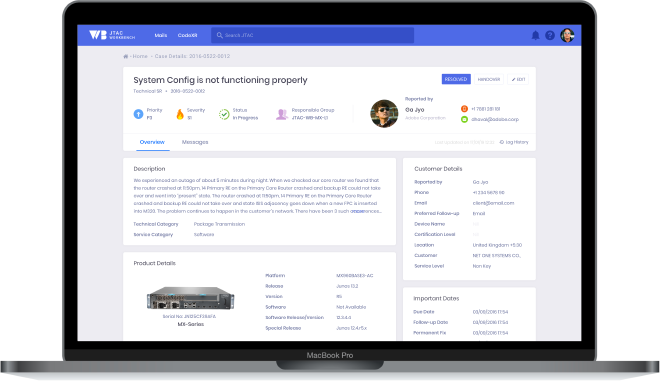
Simplified Communication: To make the communication simple, we have redesigned it merging both note and attachment. We have simplified the reading and writing experience on the communication panel.
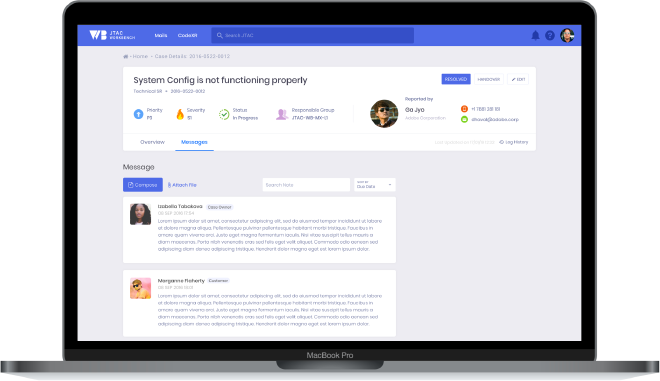
Advanced Search: Advanced search options with the user can filter it by specific data type. It was achievable only after extensive data research.
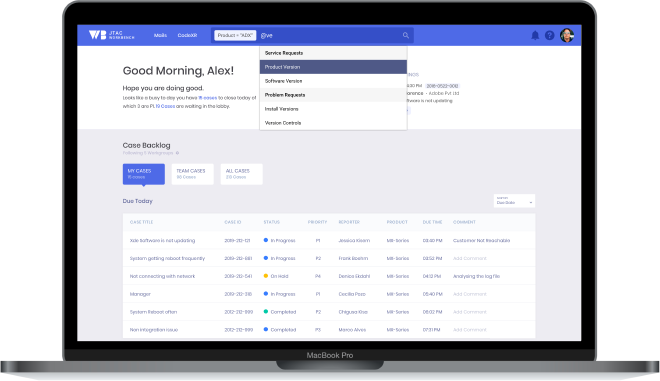
Advanced file Viewer: An online file viewer was built to detect the errors automatically and suggested the known solutions. Users can view a log, config, Syslog, etc. with was formatted and easy to scan.

Usability Testing #
We had run a user testing with the following tasks using high-fidelity mockups. We had done both in-person testing as well as remote testing.
We have chosen users from different locations and work environments. As usual, we had compensated the participant as a small gift as a token of appreciation.
Testing Tasks
Task 1: Pick up an open case for which is assigned to your team.
Task 2: Find the issue on the case CSZA001119111
Task 3: Updated your finding to the customer and make a note of it.
Key Learning and Further improvements #
The results were satisfactory and all the 3 tasks were completed within the planned time. We have created the deliverables and shared them with the development team. We found out the following new scope for improvement
- Clubbing the RMA steps also to the workbench
- Automatic recording of customer calls and attach to the respective case
- Pullout relevant cases which could be helpful the case